Introduction:
Recently, Zhang et al., 2019 have managed to provide abundant evidence to support long-held theories regarding mechanisms of inbreeding depression and potential effects of heterosis that are likely to have a considerable impact on potato breeding in the future (Figure 1). Despite its large genetic variation regarding yield, harvest index, and water use efficiency, potato breeding has attained only negligible advances in the most important breeding goals such as yield, tuber quality, and abiotic stress tolerance, and only modest progress in pathogen resistance. This low level of improvement is clearly due to the complexity of breeding a heterozygous tetraploid outbreeder rather than to the lack of genetic potential available in wild and cultivated material. In contrast, breeding at the diploid level, in particular in combination with self-compatibility, will allow the fixation of beneficial alleles to homozygosity. Once such plants can be used as recurrent backcross parents, the incremental improvement of the potato is likely to become a rapid and inexorable process. The potential of F1 hybrid breeding for potato has been recognized in the Netherlands (Lindhout et al., 2011) and in China (Li et al., 2013), and this technology is clearly catching on across the world, for which Zhang et al., 2019 have laid a solid molecular foundation.
Authors:
Michiel E. de Vries
View article on:

